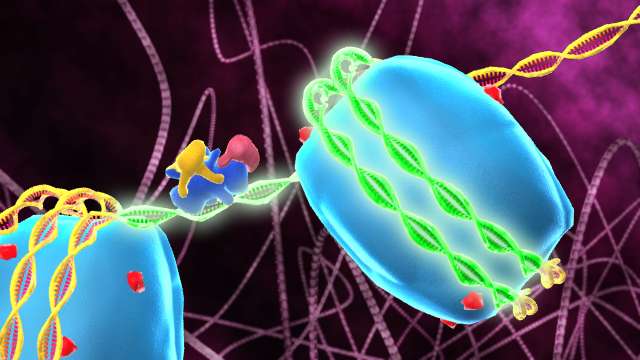If aging were an orchestra, our youth would be a symphony that eventually starts to play out of tune. First the winds and brass would skip a beat, then the strings would lose their tempo and the percussion would fall behind. As time progresses, the beautiful melody unravels to a musical disaster that not even the conductor can salvage. In our bodies, this is the natural process of aging. However, recent research proposes a new method to keep your body’s orchestra in tune.
While some consider anti-aging as supernatural or even sacrilegious, researcher and professor of genetics at Harvard Medical School, David Sinclair, begs to differ. He proposes that just as we are researching therapies to halt natural neurodegenerative diseases like Alzheimer’s, so too should we be investigating compounds that can reverse the effect of aging.
“Not everyone is affected by Alzheimer’s,” said Sinclair in a 2011 TED Talk in Sydney, Australia, “but […] almost everyone is affected by aging.”
The World Health Organization (WHO) recently released a report saying that the effects of aging on society is one of the biggest problems of our generation. Unless we can keep the elderly healthy, the cost of health care for this group of people could pose serious problems for our economic infrastructure.
Sinclair spent years uncovering the science behind why cells age. His PhD thesis focused on determining the cellular mechanism behind aging in yeast cells.
“The idea [of aging] is that as we get older, genes are switched on and off in the wrong way,” said Sinclair in his TED talk. “When we are young, there is a beautiful symphony playing, but as we get older, the instruments—the orchestra—starts to play ‘willy nilly’ and we screw things up.”
Every cell has a set number of genes. However, only a certain percentage of these genes are ‘switched on’ during the cell’s life span. This process differentiates the cell into a specific type. For instance, in a liver cell, the ‘heart’ and ‘brain’—specific genes are silenced, so that only ‘liver’ genes are turned on to give the cell a unique identity.
The problem, as shown by Sinclair’s research, is that once the yeast cells grow old, many rogue genes start to switch on. As a result, you may get a gene telling a cell in the liver to be a ‘brain’ cell, which ultimately compromises the cell’s functionality.
In 1999, Sinclair started a new lab at Harvard to further investigate this theory behind aging. He discovered several longevity genes in our body called sirtuins, which seem to protect our cells against diseases of aging. When researchers put extra copies of these sirtuins into yeast, flies, and nematode worms, these organisms lived longer and stayed in a healthier state.
Sinclair explains in his TED talk that sirtuins are responsible for shutting down the rogue genes that are turned on as our cells start to age.
A human cell’s total DNA measures about three meters in length. This length is significant, considering it is over 100,000 times greater than the diameter of a typical human cell. Fortunately, our bodies have developed a trick to efficiently package all of this genetic material.
DNA is wrapped around proteins called histones, which help condense genetic material into tight coils, allowing the DNA to fit elegantly into a cell’s nucleus. Since the DNA is so tightly coiled, it must be unraveled from its tight conformation into a loose state in order for a gene to be turned on. This permits the cell’s genetic machinery space to come in and express the gene.
However, when a person ages, chemicals stick randomly to the histones coiling the DNA and unravel them. This process loosens the DNA, allowing cellular machinery to turn on genes in the cell that would not normally be expressed. According to Sinclair, these changes to the histones—known as epigenetic changes—are responsible for our cell’s decreased functionality as we age.
Fortunately, epigenetic changes are not irreversible, and this is where sirtuin proteins play a role. Sinclair’s research proposes that these proteins clip off the chemical groups that are unraveling the DNA, thereby reversing the effects of aging.
“We need to figure out ways to tweak [the sirtuins] and make them more active [to] delay all of these [aging-related] diseases as we get older,” said Sinclair.
Currently, Sinclair’s lab is investigating different molecules that enhance the activity of sirtuin proteins. They have been successful in discovering several compounds, including the molecule known as resveratrol that is found in red wine, which binds to sirtuin proteins and enhance their activity. Sinclair hopes that one day researchers can get these sirtuin enhancing molecules into a pill, which people could take with their breakfast to ward off diseases of aging and help keep us healthier for longer.
“I am not talking about living for 500 years, but what I am talking about is living until our 90s or our 100s in a healthy way,” said Sinclair. “We need to do something about the root cause of aging.”








